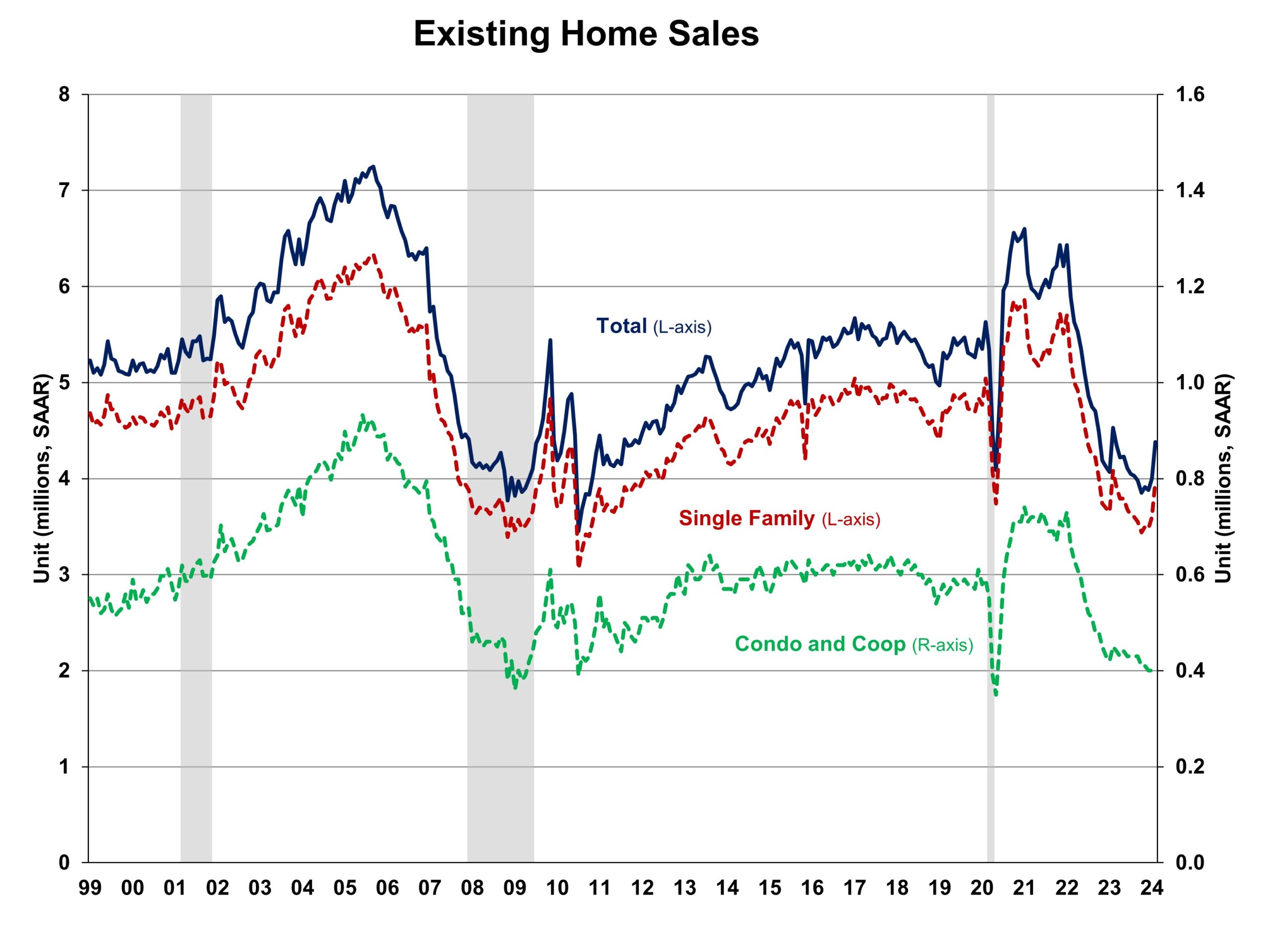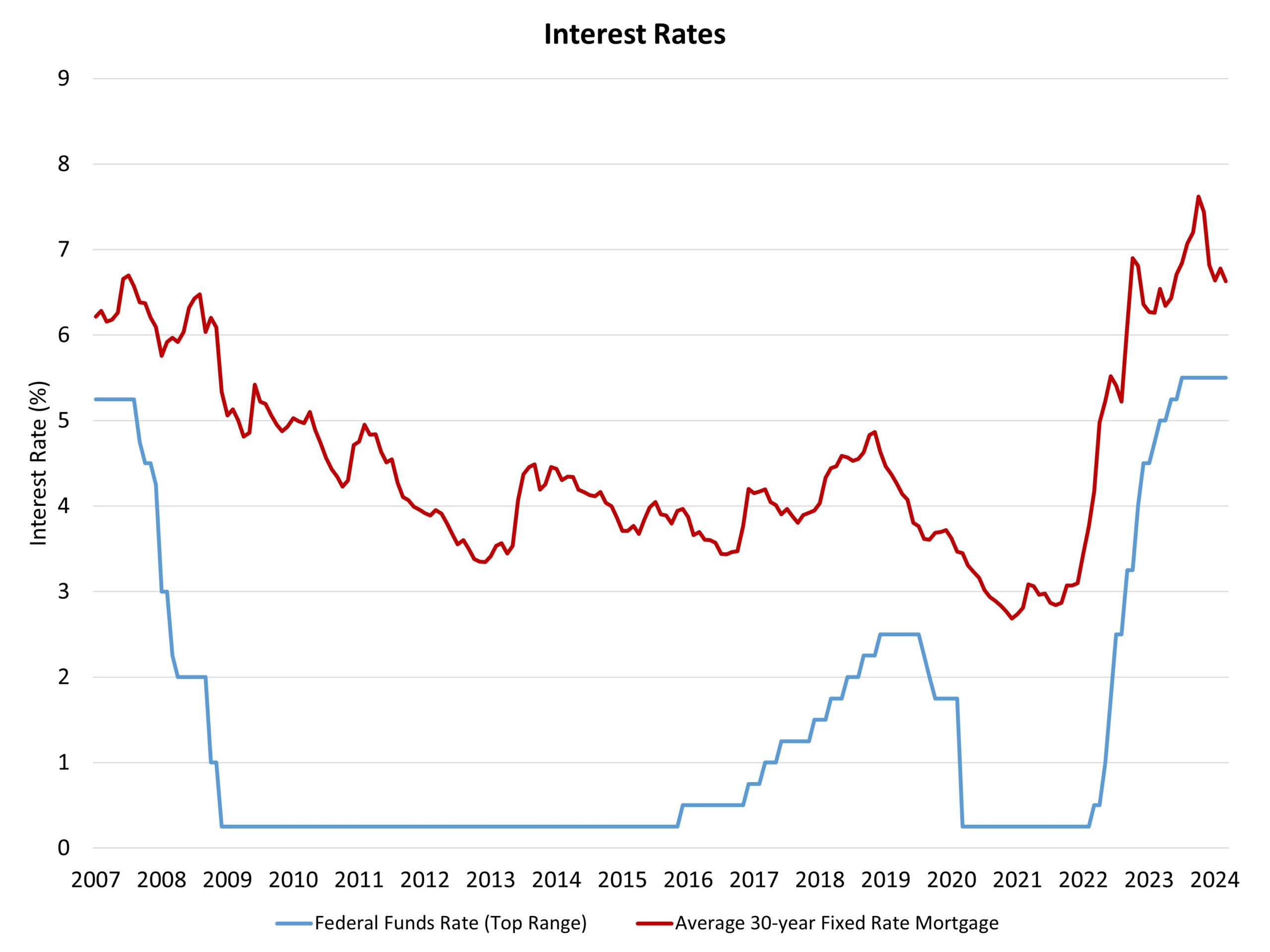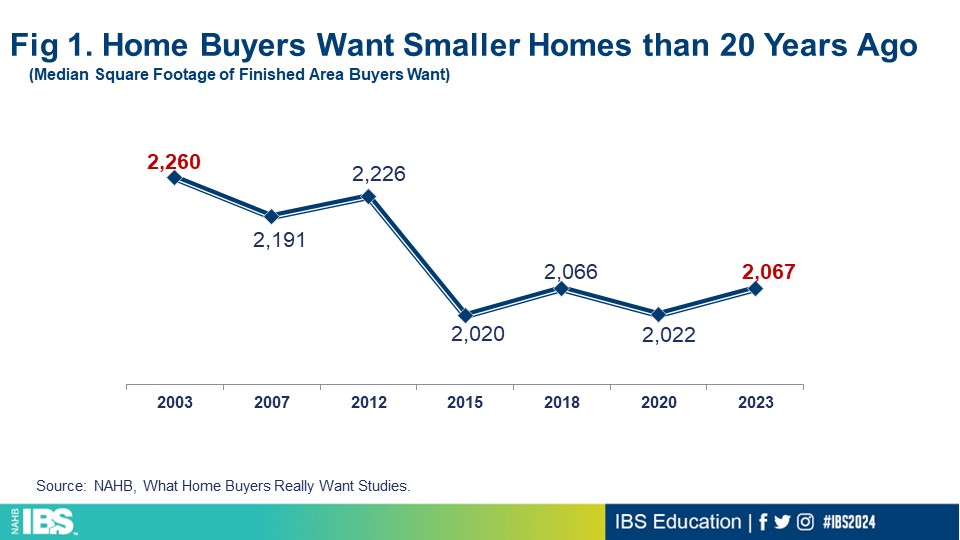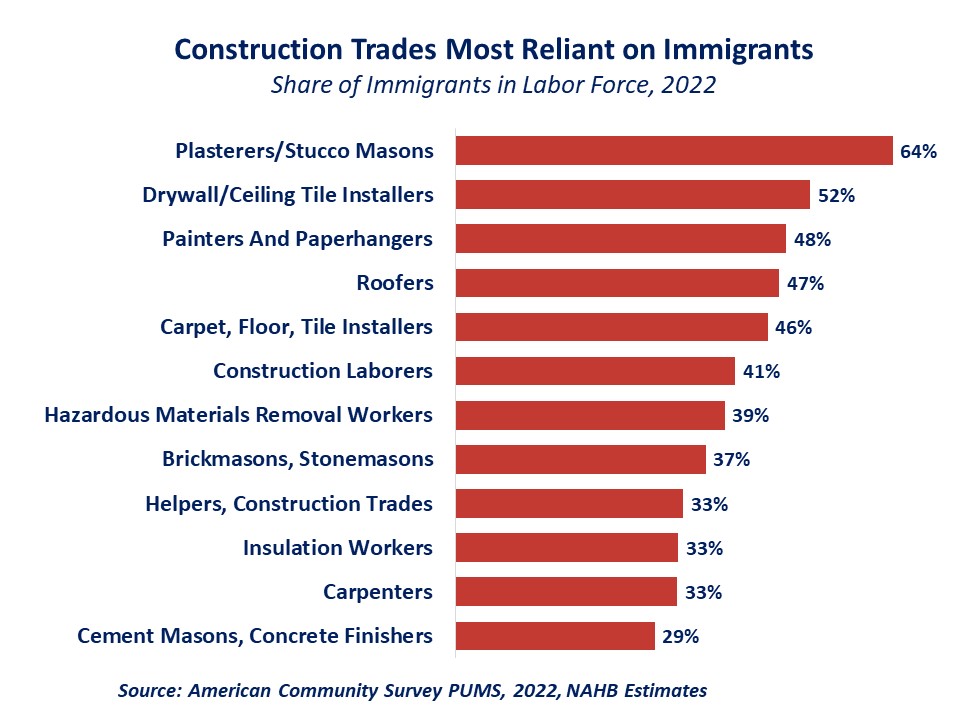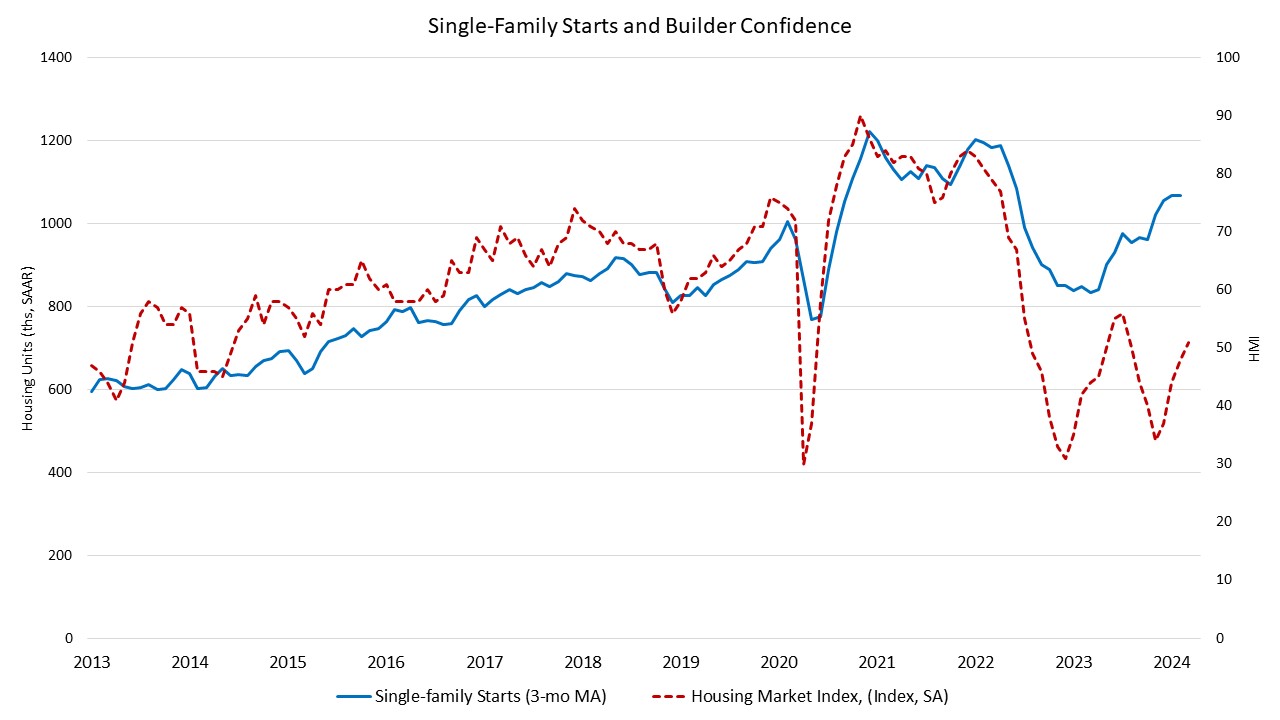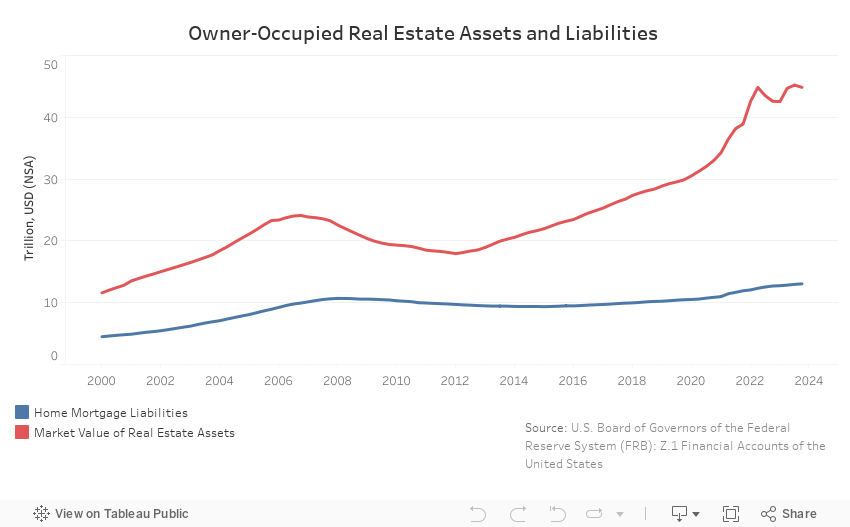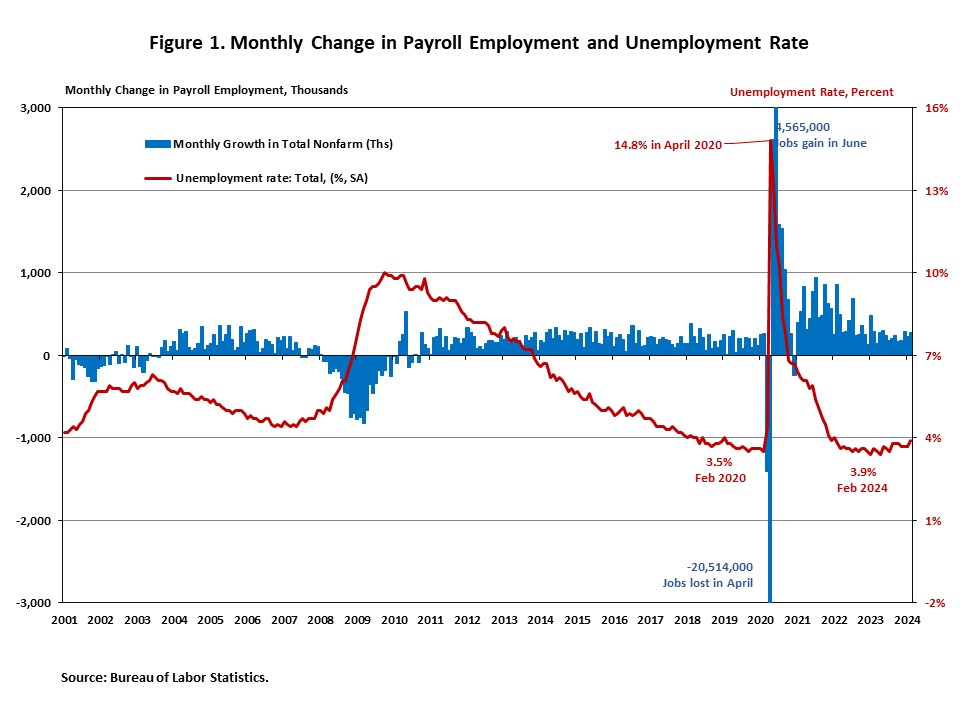NAHB Urges Changes to Labor Department National Apprenticeship System Proposal
Diana Carroll2024-03-21T14:15:41-05:00NAHB has sent a letter to the U.S. Department of Labor (DOL) urging the agency to modify and clarify key provisions in its proposal to enhance the national apprenticeship system.

